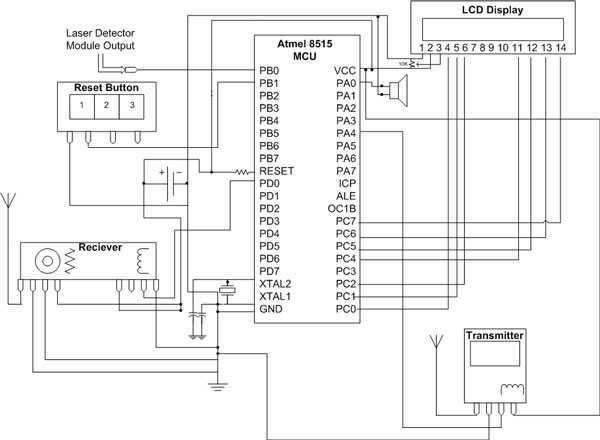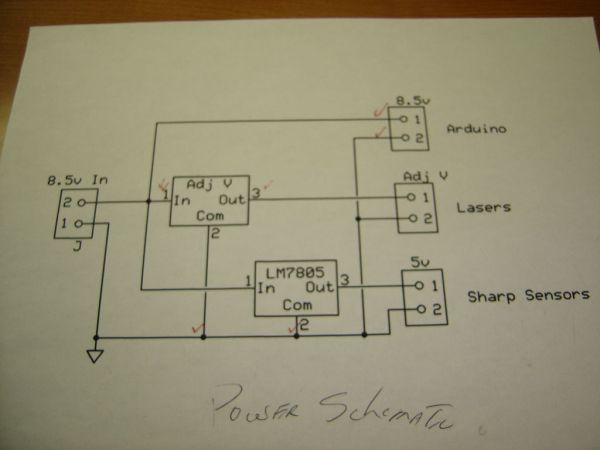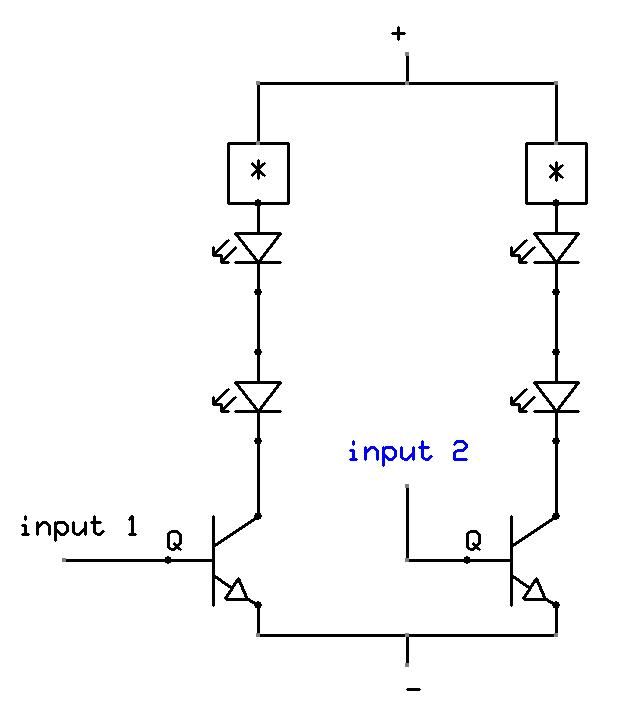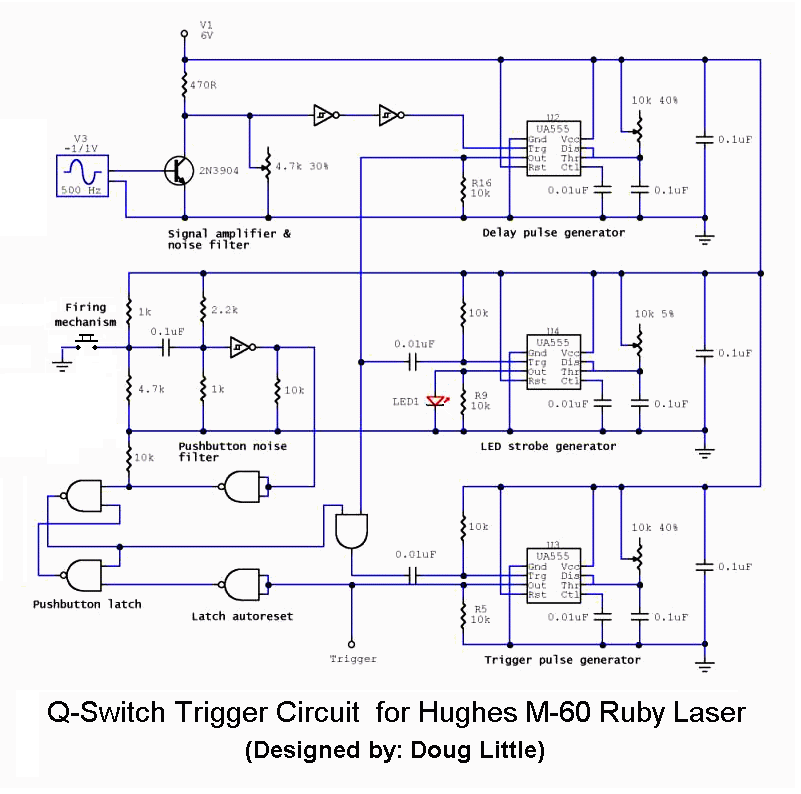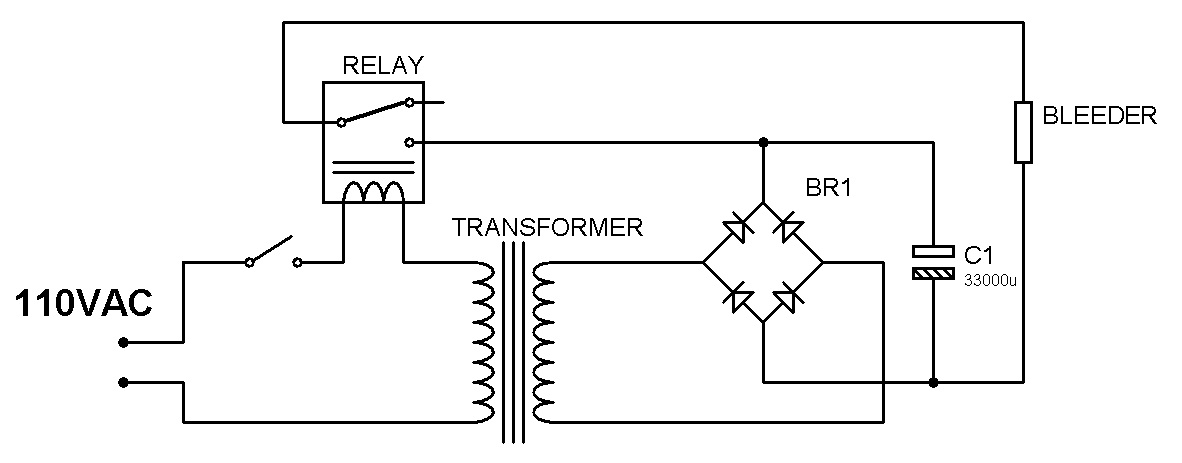
LASER LINK COMMUNICATOR
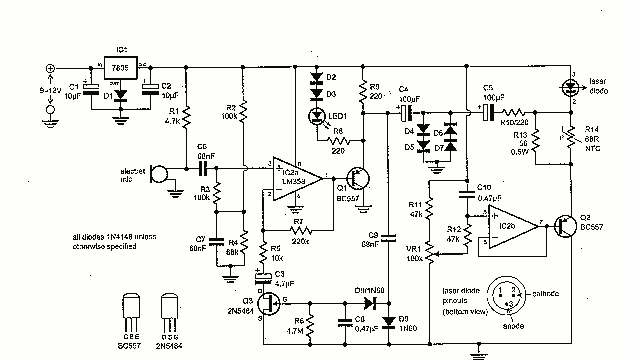
As before, there are two sections: the transmitter board and the receiver board, both powered by a separate 9V battery or a fixed voltage power supply, depending on your needs. The transmitter board has an electret microphone module at one end, and the laser diode at the other end. The electronics modulates the intensity of the laser beam according to the output of the microphone. The laser diode has an inbuilt collimating lens, and is simply a module that connects to the transmitter board. The previous design required brackets for the laser diode assembly.
The described circuit consists of two main components: the transmitter and the receiver, each powered independently, allowing flexibility in deployment. The transmitter board features an electret microphone, which captures audio signals and converts them into an electrical signal. This signal is then processed by a modulation circuit, which varies the intensity of a laser diode based on the amplitude of the audio input.
The laser diode is equipped with a built-in collimating lens, enabling it to emit a focused beam of light. This design eliminates the need for external brackets or complex mounting systems, simplifying assembly and installation. The modulation circuit typically includes an operational amplifier to amplify the microphone signal, followed by a pulse-width modulation (PWM) controller that adjusts the laser intensity.
The receiver board, although not detailed in the original description, would likely include a photodiode or phototransistor to detect the modulated laser signal. This component converts the light signal back into an electrical signal, which can then be processed further to retrieve the original audio information. The overall design ensures efficient communication over a line-of-sight distance, making it suitable for various applications, including wireless audio transmission.As before, there are two sections: the transmitter board and the receiver board, both powered by a separate 9V battery or a fixed voltage power supply, depending on your needs. The transmitter board has an electret microphone module at one end, and the laser diode at the other end.
The electronics modulates the intensity of the laser beam according to the output of the microphone. The laser diode has an inbuilt collimating lens, and is simply a module that connects to the transmitter board. The previous design required brackets for the laser diode assembly. 🔗 External reference
The described circuit consists of two main components: the transmitter and the receiver, each powered independently, allowing flexibility in deployment. The transmitter board features an electret microphone, which captures audio signals and converts them into an electrical signal. This signal is then processed by a modulation circuit, which varies the intensity of a laser diode based on the amplitude of the audio input.
The laser diode is equipped with a built-in collimating lens, enabling it to emit a focused beam of light. This design eliminates the need for external brackets or complex mounting systems, simplifying assembly and installation. The modulation circuit typically includes an operational amplifier to amplify the microphone signal, followed by a pulse-width modulation (PWM) controller that adjusts the laser intensity.
The receiver board, although not detailed in the original description, would likely include a photodiode or phototransistor to detect the modulated laser signal. This component converts the light signal back into an electrical signal, which can then be processed further to retrieve the original audio information. The overall design ensures efficient communication over a line-of-sight distance, making it suitable for various applications, including wireless audio transmission.As before, there are two sections: the transmitter board and the receiver board, both powered by a separate 9V battery or a fixed voltage power supply, depending on your needs. The transmitter board has an electret microphone module at one end, and the laser diode at the other end.
The electronics modulates the intensity of the laser beam according to the output of the microphone. The laser diode has an inbuilt collimating lens, and is simply a module that connects to the transmitter board. The previous design required brackets for the laser diode assembly. 🔗 External reference
